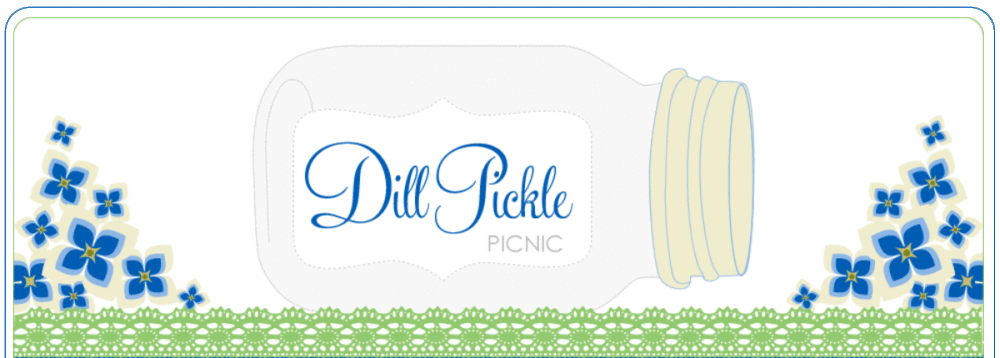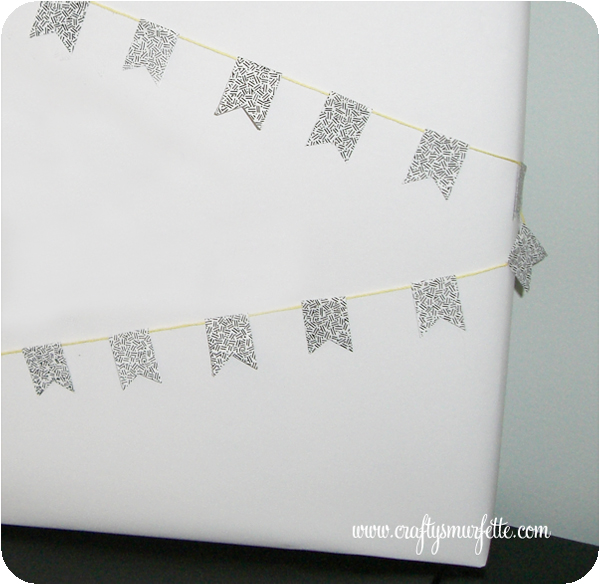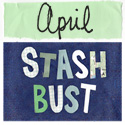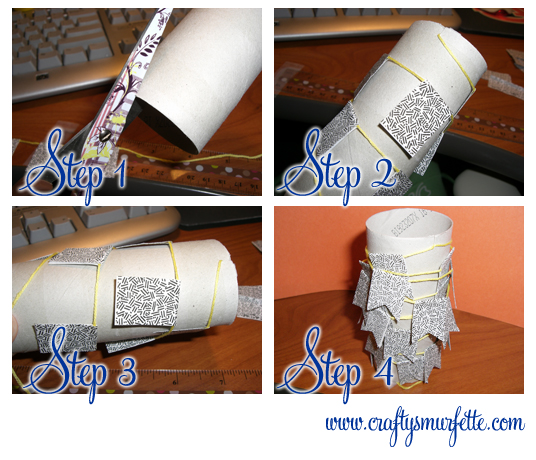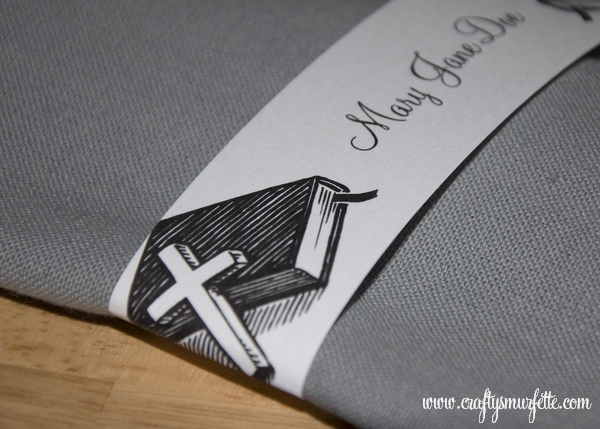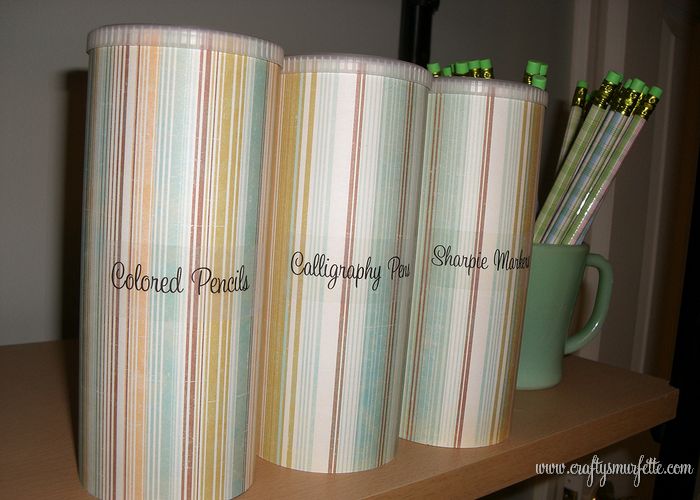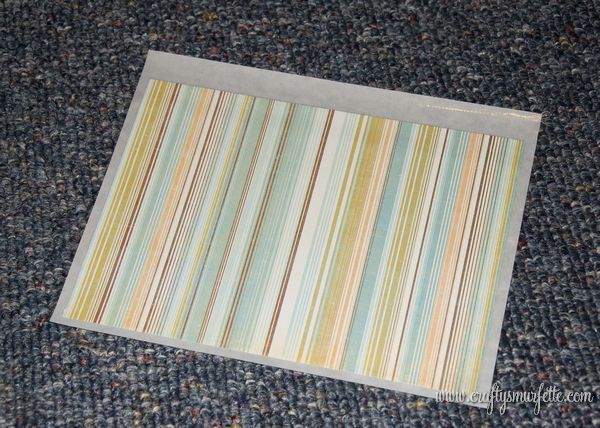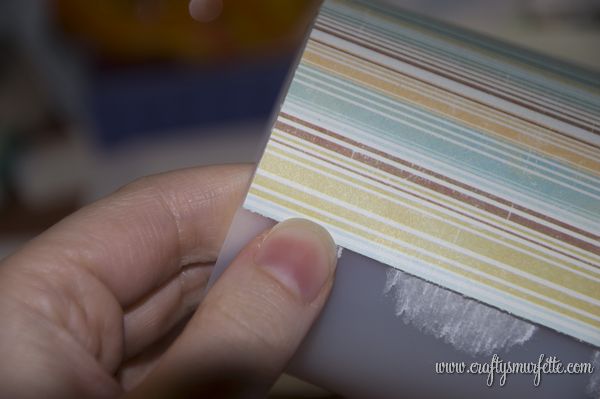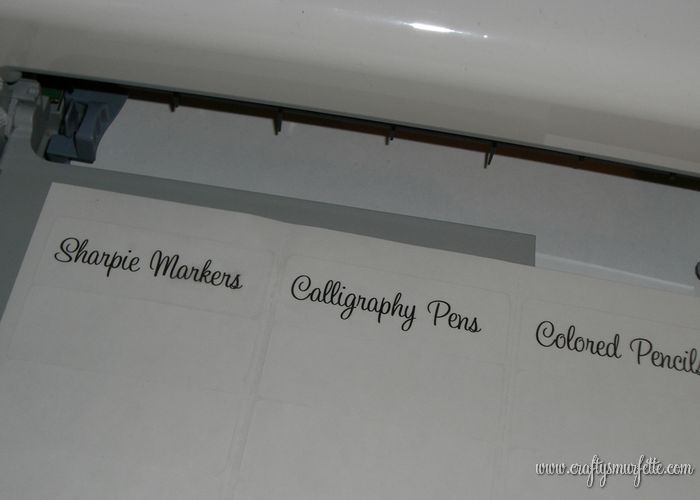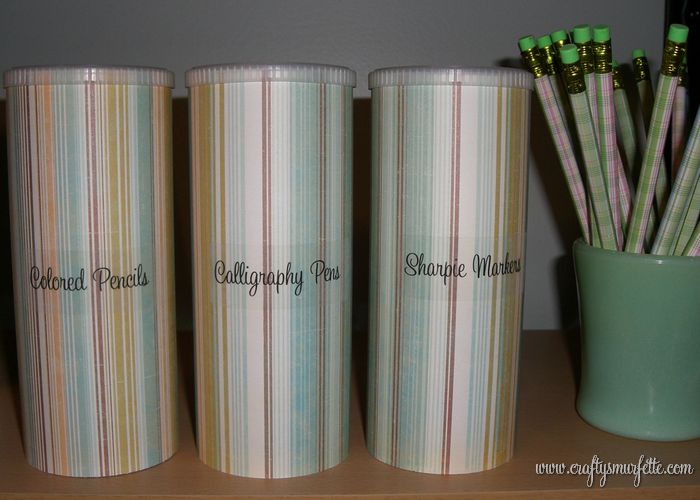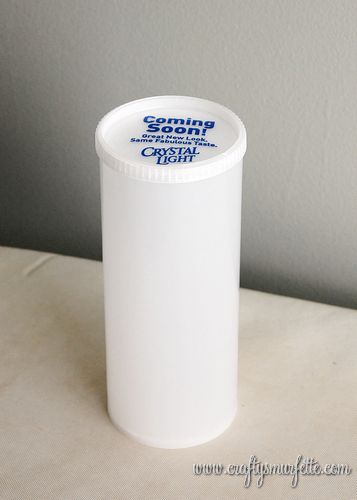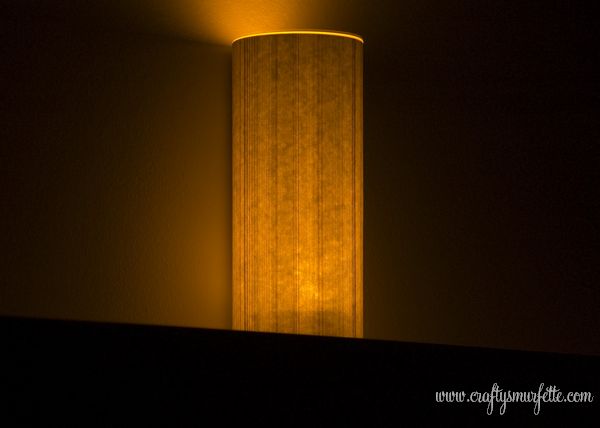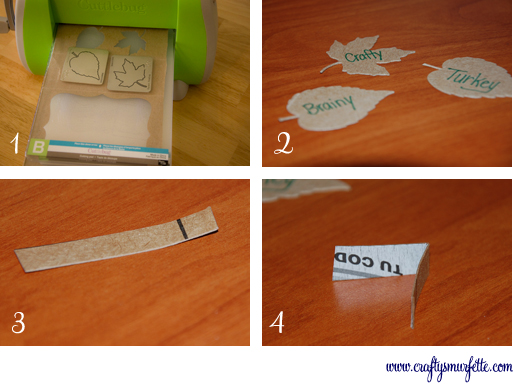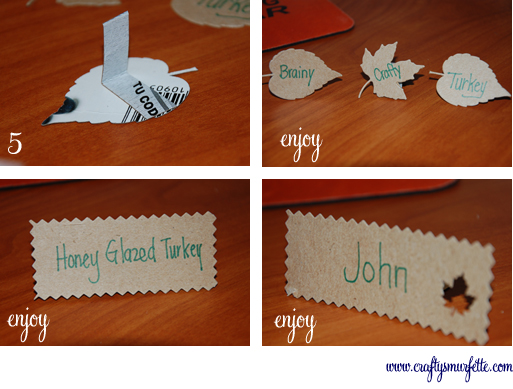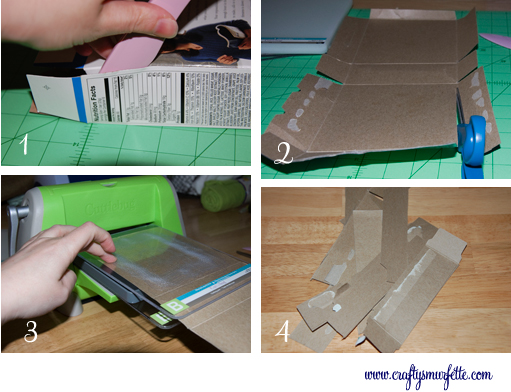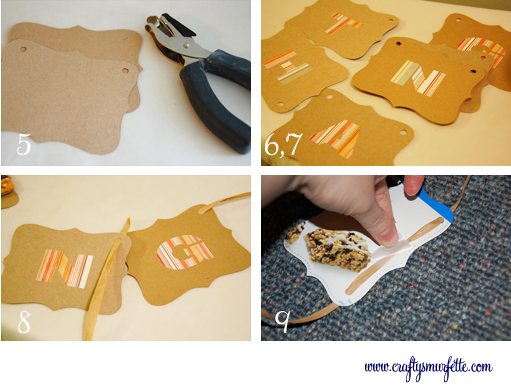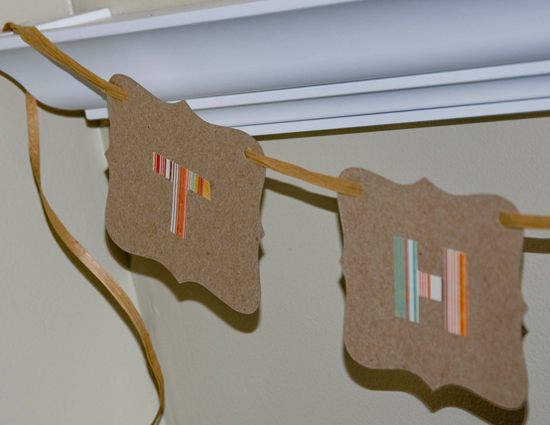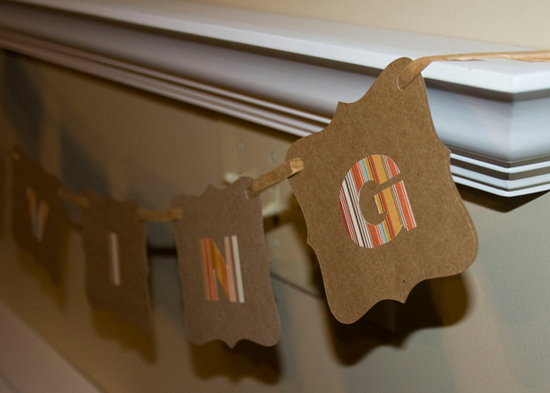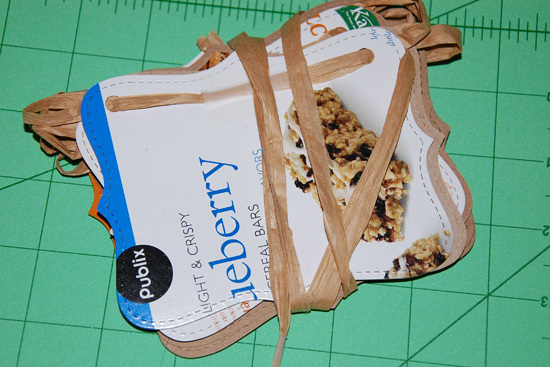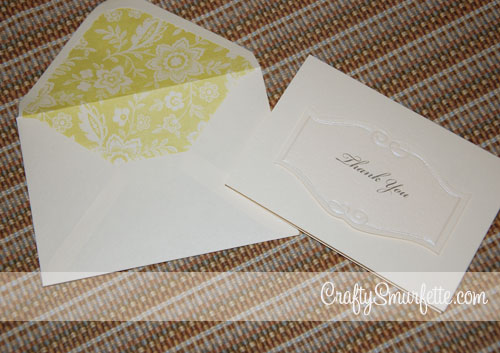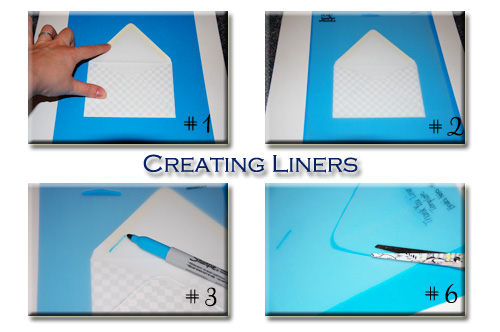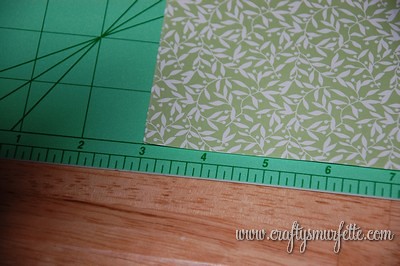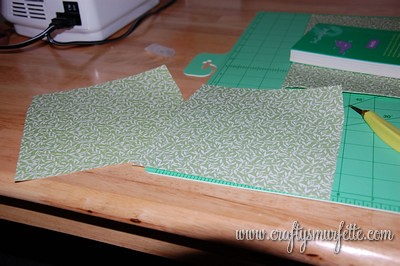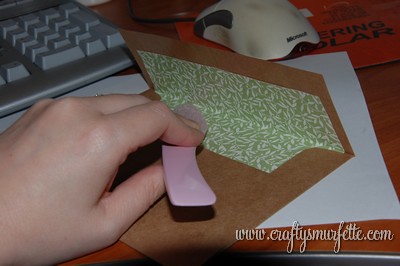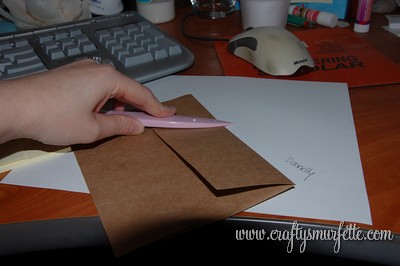I’ve been saving envelopes with cool security patterns since I saw a cute cake bunting from the ever wonderful Martha made from her papers that mimic the same patterns. So, what better time than during April’s Stash Bust to finally put those envelopes to use. Now after making a couple I think this would be an easily portable craft project to work on while I’m traveling for work and stuck in hotel rooms!
The possibilities of how to use these are endless! You can use them to decorate a cake, create a pretty package wrapping, I’ve seen them attached to fronts of greeting cards, craft show displays… and of course you could use any type of paper to make the flags.
How will you use your bunting?
OK, let’s get started! This is a super simple project, but I’ll admit it is a bit more time consuming than I thought. To help speed up the process I’ll include several hints in the instructions below.
Supplies Needed:
- Security envelopes (for this project I used 2 envelopes from my power bill)
- Toilet Paper Roll
- Baker’s Twine or Embroidery Thread (5 ft)
- Double Sided Tape, Xyron, or Glue Stick
- Ruler
- Scissors
- Bone Folder or Envelope Opener (optional)
- Paper Cutter (optional)
Instructions (written directions follow pictorial):
- Carefully take apart your envelopes exposing the inner security lining. To do this I use my bone folder and carefully slide it between the seams to open them up. You could also use an envelope opener or just pull them apart as well.
- Use your paper-cutter (or scissors) to square up the pieces, and remove the edges and window panes (hint: I’m putting those window panes off the side for another idea I have swimming around in my noggin).
- Now, using either your cutter (hint: it’s quicker and easier to get consistent sized pieces using a paper-cutter with built-in ruler) cut your envelope into 3/4 inch strips.
- Stack those strips up together and use your cutter to cut those into 2 inch pieces.

- Measure & cut a 5 foot piece of either embroidery thread or bakers twine (hint: if you use embroidery thread use a piece of tape or glue to seal off both ends to keep it from separating as you add your flags).
- You will start assembling your bunting by placing the first flag 6 inches from one end of your twine and stop 6 inches from the other end to allow you room to tie up your bunting.
- Apply your choice of adhesive to your first flag and carefully fold it over the twine sealing the edges together. For this example I used double-sided tape that ran half the length of the flag. You could also use a glue stick but it will be a bit messier. (hint: if you have a Xyron machine you can run all your pieces through at once and then just peel them off and fold over the twine. It made the process MUCH quicker).
- Continue this process by adding a new flag every 1.25 inches. You can always tape a ruler to your desk to make it easier to decide where to place the next flag, but after the first few I went with the just eyeball it method.
- Once you have all your flags in place it’s time to snip the decorative edge. For this process I just pulled up a podcast I wanted to listen to and used scissors to make a “V” snip on each edge. (hint: if you want consistent edges you could also use scrapbook scissors or even a triangle shaped paper punch)
- Hang it up and enjoy!
Wait…but how do I keep it from getting all tangled up until I’m ready to use it.
It’s simple: a toilet paper roll
- Just take a toilet paper roll and cut a small slit in the top edge.
- Take one end of the bunting and slide it into the slit.
- Carefully roll your bunting around the tube and once at the other end tuck it inside the slit as well.
- There you go…all rolled up and ready to use!
So, let’s recap: 4 feet of cute bunting completely from my stash & trash!
Cost Breakdown:
– Paper for Flags – Free from recycling the envelopes from pesky utility bills
– Twine or Thread – Free from my stash (or $.99 new from JoAnn’s, will make 2)
– Glue/Tape – Free from stash (or $2.99 from Target, will make 25)
– Toilet Paper Rolls – Free from recycling
GRAND TOTAL: FREE from Stash or $0.60 per bunting
PS. I’ve decided to list a few of my “crafty projects” in the etsy store over the next few weeks, it’s kinda sad how long it’s sat empty!
